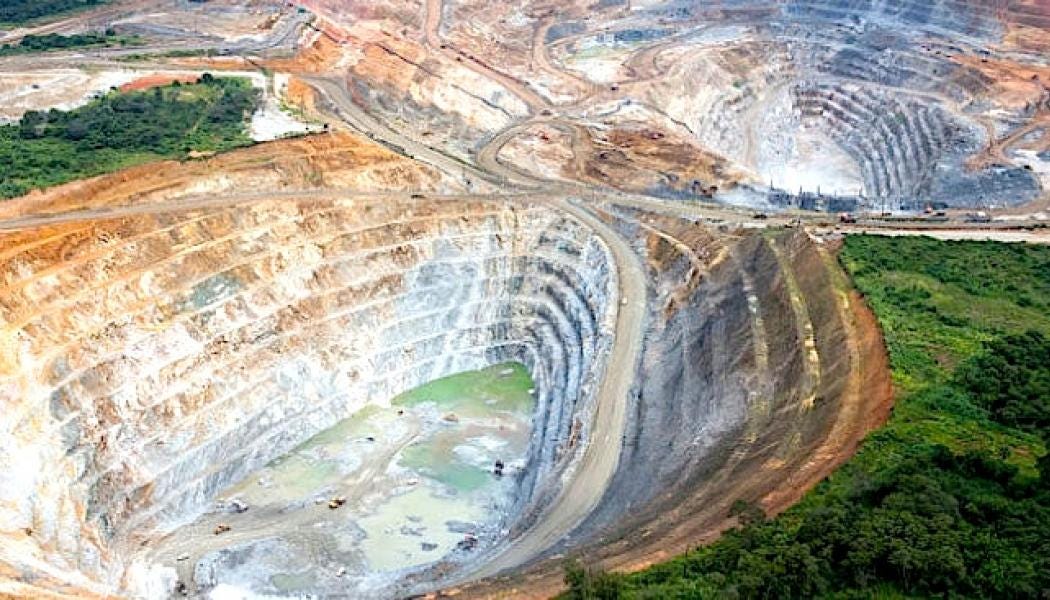The Environmental Cost Of Going Green
A look at the raw material cost of making electric cars and other gadgets
At the time of writing the consensus is that electric cars are ethically and environmentally the right choice. Unfortunately, the ideals are not mirrored by reality as consumers are aware of the clean aspects of electric vehicles but are largely unaware of the dirty aspects of the production process.
Materials
In order to reach many of 2030 Green stretch goals we need to make some serious changes to the way we live and the products we use. Electrification of cars is a big one and the UK government want to build a network of charging points across the country to cater for increasing number of them on our roads. All these electric cars will require huge amounts of rare earth materials and metals like copper, lithium, cobalt and nickel to produce them.
We don’t intend to beat on the idea of sustainable green energy and the great work Electric Vehicle (EV) companies like Tesla are doing but as consumers we must not be ignorant of the environmental and social cost of these green initiatives. While the West is busy building its green utopia this arguably at the expense of the developing world who are sacrificing their land and resources so we can ‘save the planet’. Let us consider some of the environmental costs of providing us with green transport.
There is over 38kg of Copper in each Electric Vehicle
‘Copper's superior thermal and electrical conductivity, combined with its 100% recyclability make copper a truly green material perfect for building a sustainable world’ - Copper.org
The worlds biggest copper mines are in Chile and Peru although copper is also interconnected with the mining of other metals. Copper has been mined since the bronze age but production has been significant since the 90’s. Acid Mine Drainage (Sulphur from exposed rock leaking into nearby water) is a long-known by-product of mining which can give water a yellow tinge, acidic smell and wreack havoc on anyone or anything that ingests it. Fortunately there are some promising technologies being developed that can reduce this pollution.
Copper mines these days typically have an average grade of 0.5%-1.0%. This means that for every shovel full of dirt/rock, only 0.5%-1.0% of it is copper.
There is over 10kg of Lithium in each Electric Vehicle
Lithium is an essential component for the production of modern batteries. More than half of the worlds known Lithium stores are in South America (mainly Argentina Bolivia and Chile). Lithium mining requires huge amounts of water and a 2020 UN report estimates that almost 2 million litres of water are required to produce 1 tonne of lithium. The mining process causes so much damage to the area that local communities are having to abandon their ancestral homes. The situation will likely only get worse going forward.
There is over 14kg of Cobalt in each Electric Vehicle
Cobalt is mostly mined as a by-product of either copper or nickel and most cobalt came from copper cobalt operations in the Democratic Republic of the Congo (DRC). It is a currently a key ingredient in Lithium based batteries although steps are being made to significantly reduce or even remove cobalt in batteries.
While the cobalt that enters the supply chain to produce our gadgets comes from known, ethically compliant sources, the demand for cobalt has also led to less scrupulous miners taking safety short cuts in order to maximise profits. Some of these mining practices are well documented and are known for atrocious working conditions, no health and safety precautions, child labour, poor pay and frequent deaths.

The Green Agenda Demands Higher Production
If we are to hit any of the targets being outlaid by the G7 governments the production of these materials need to massively increase. No doubt the Western world will make strides in achieving its green ambitions but what we won’t be shown is the ecological and societal damage that could be inflicted on the developing world as producers scramble to provide the minerals required to meet our green targets.
You can’t make an omelette without cracking some eggs!
The recyclable nature of these materials is what gives them their green credentials and once they are in the system we can re-use them which should reduce the pressure on the miners to provide and also justify replacing the legacy technologies that we currently operate (combustion engines etc).
That being said, to ignore the cost of these green ideals is to whitewash ourselves of any responsibility. Take a moment to look at the machine you are reading these words on and contemplate the environmental and human cost that was involved to create it.
Until Next Time
The Wealth Gap






